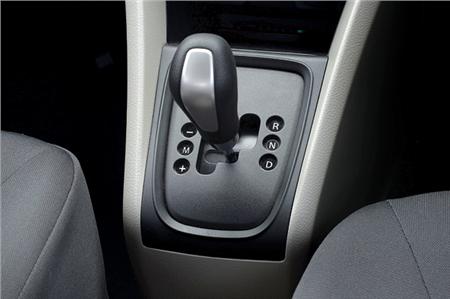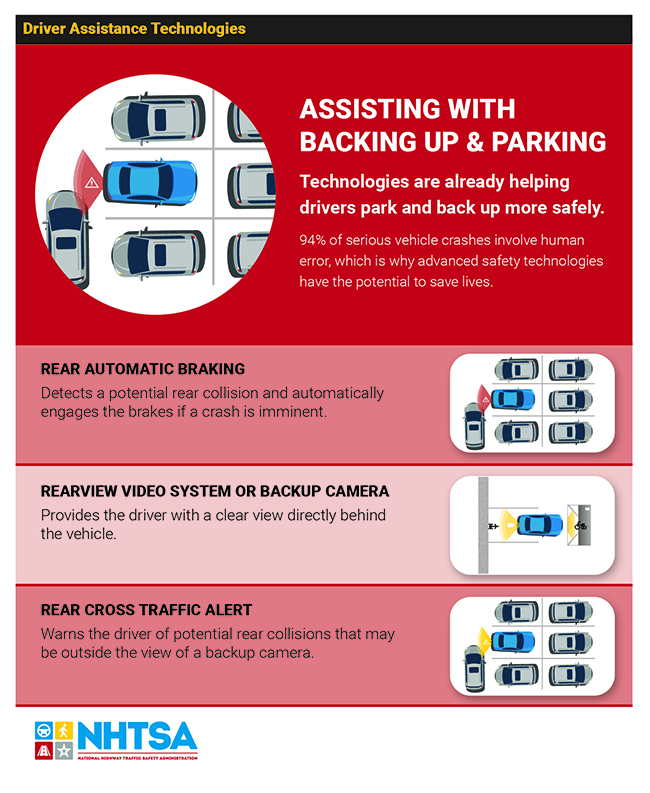Best used computerized automobiles

Therefore, racing automotive acceleration becomes a lot less depending on the car itself however more on the motive force’s capability to swift gears without decreasing momentum. In the current, modern torque sensor detects the roughly identical spinning pace between impellers and the turbine or it can detect the stabilizing torque output.
In many cases, the automatic gearbox choice for a automobile vary is definitely more responsive and, importantly, more environment friendly than its manual counterpart. This can mean lower gasoline consumption and cleaner exhaust emissions. Some of the newest have nine and even 10 speeds and will all the time select the right gear on the right time. This means that, it doesn’t matter what street circumstances you encounter, the engine will at all times be turning on the best speed. Variety.There are fewer and fewer guide automobiles made every year, however the selection is wider than it was once.
A nice metropolis automobile that may be had with an computerized gearbox at a decent value.Inside is pretty primary, however that comes with the price. You’ll have to opt for the ‘Premium’ model which starts at £12,455 if you want to achieve a nice 7″ touchscreen infotainment display screen as sadly the mid level ‘Play’ model can’t be had with an automatic gearbox. DSG automatic gearboxes are recognized for being silky clean, the identical may be stated of it in the Ibiza too.
Understanding Your Automatic Transmission
Safety.Studies haven’t actually proven whether or not one is safer than the opposite. Automatic transmissions do let you maintain both hands on the wheel always, whereas handbook transmissions could require more attentive driving. Your driving habits will play a bigger function in your safety.Safety featuresavailable for both automated and guide vehicles could make a difference too.
On an automatic automobile, the gear-shifting duties … Read More




